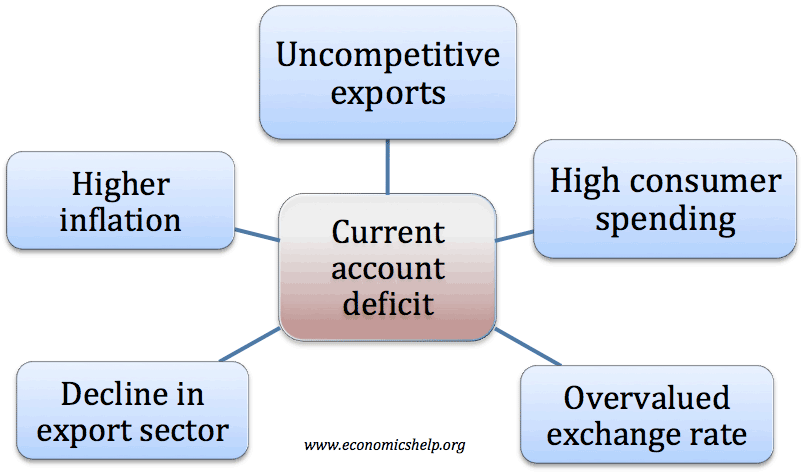Currency Substitution – Pros and Cons
Currency substitution occurs when an economy uses an alternative currency to the domestic currency. The alternative currency maybe used in parallel to the domestic currency or some cases may completely replace it. Currency substitution can also be referred to as ‘dollarisation’ when the dollar is used. Examples of countries with official currency substitution include Ecuador …


